
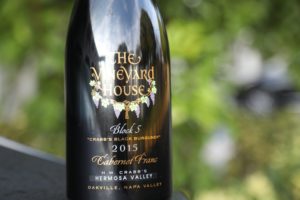
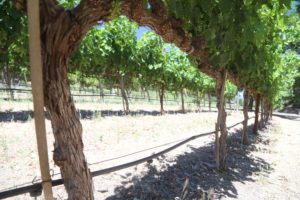 The Vineyard House. Jeremy Nickel, the proprietor of The Vineyard House in Oakville continues his family’s rich legacy and history in Napa Valley through his own vineyards and wine. His story begins with his father, Gil Nickel, who was one of the founders of Far Niente, founded Dolce and later, Nickel & Nickel. The wines of the Vineyard House pay tribute to his father Gil.
The Vineyard House. Jeremy Nickel, the proprietor of The Vineyard House in Oakville continues his family’s rich legacy and history in Napa Valley through his own vineyards and wine. His story begins with his father, Gil Nickel, who was one of the founders of Far Niente, founded Dolce and later, Nickel & Nickel. The wines of the Vineyard House pay tribute to his father Gil.
Gil Nickel, originally from Oklahoma became an ordained Baptist minister early in his life; he would spend time preaching and providing life direction to inmates in local prisons. Eventually he completely switched gears, from religion to science, and graduated from Oklahoma State University where he double majored in Physics and Mathematics. Upon graduating he served with the Oklahoma Air National Guard, spent a tour in Vietnam and after returning stateside was hired to work in the U.S. Navy Laboratory in southern California. Jeremy recalls his father traveling from Oklahoma to San Diego in a single engine prop plane by following the windy asphalt of Route 66 across the country.
Gill had never touched a drop of alcohol in his life up to this point. Then he took a trip to France and discovered French wines and particularly fell in love with the white wines from the Montrachet region. The seeds were sown of what would eventually become a passion for the rest of his life.
In 1975 Gil moved to San Francisco. At the young age of 30 he started making wine in his home on Nob Hill. Calling his home production “Nob Hill Cellars” he entered it in the Sonoma County Fair in 1978 and took third place. Not bad. In 1979 he took a trip up to Napa Valley to look for vineyard property. Finding an old abandoned stone winery building that dated to 1889 (this winery had been closed since Prohibition) he and several partners purchased the property. With three years of restoration, they dug a cave and turned it from an old stone building overgrown by the surrounding forest into a beautiful estate property. And over the years this has become one of Napa’s most iconic wineries: Far Niente.
Jeremy remembers taking a trip with his father to France when he was young and spending time in a wine château. One of the heirs of one of the wineries was about his age and told Jeremy that he was going to be the winemaker someday. Jeremy then asked his father if he could also be a winemaker. Gil told him, “If you are lucky, you can be, but you don’t have to be.”
Fortunately Gil wanted to ensure his son had the ingredients to succeed in winemaking should he follow that career path. In 2003 after Gil passed away, he left this property and house to Jeremy. Jeremy has since expanded the property and there are now 33 acres of which 25 are under vine. This is Oakville of course and Cabernet Sauvignon is one of the most planted varieties in this appellation and certainly the variety that has put this treasured part of the Napa Valley on the map. Jeremy grows Cabernet Sauvignon, Cabernet Franc and in a testament to his father’s original love affair with Montrachet, there are 10 acres of Chardonnay still under vine.
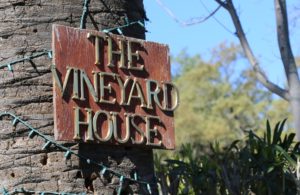
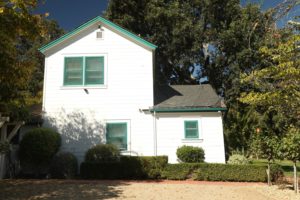
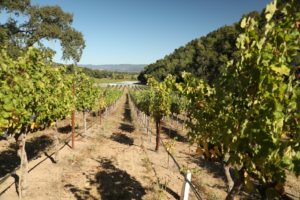 This is Halter Valley which is named after the type of show horses that used to be kept on the property, a little visited side valley in the foothills of the Mayacamas mountains in the western part of Oakville. Jeremy’s vineyards form the center of this valley; his neighbors are some of the “who’s who” of Napa Valley: Harlan Estate is across the street, BOND up the road and Futo Estate is a next door neighbor. The winery his family founded, Far Niente is just east of his own property.
This is Halter Valley which is named after the type of show horses that used to be kept on the property, a little visited side valley in the foothills of the Mayacamas mountains in the western part of Oakville. Jeremy’s vineyards form the center of this valley; his neighbors are some of the “who’s who” of Napa Valley: Harlan Estate is across the street, BOND up the road and Futo Estate is a next door neighbor. The winery his family founded, Far Niente is just east of his own property.
As Jeremy says, vistas from his vineyard “are like living in a painting by Monet”. This tiny slice of Napa feels secluded and so far, removed from the rest of the valley, whereas in reality it is mere minutes from the often-busy Highway 29 that runs through Oakville.
This property is one of the more historic sites in Napa Valley. The house which inspired the name of his wines was originally built in 1853 by William Baldridge, a prominent Napa citizen. William participated in one of the early emigrant parties to California and was one of the men present in 1846 during the historic Bear Flag Revolt in the town of Sonoma.
The entire property feels like walking back in time with stately palm trees gracing the entrance to the driveway, massive hundreds of year-old oak trees, and one of the largest fig trees one will ever see and perhaps the oldest fig trees in Napa Valley. This Mission fig still produces delicious fruits.
Plans call for eventually drilling a tunnel into the side of one of the hills behind the vineyard barn and moving the wine production on property. We will update our notes once this has been completed.
Jeremy used to hold a blind tasting, appropriately titled the “Cult Cab Competition”, for select trade each year and placed his own wines against some of the biggest names in the valley. The first year he held this competition his wine came in as the overall third favorite choice against Napa Valley heavyweights (and significantly more expensive wines) such as Screaming Eagle, Abreu Vineyards and Eisele Vineyard among other producers.
Select Wines
Their first vintage of the Vineyard House was 2005. Each vintage is small; typically just several hundred cases with a total production of around 1,000 cases annually. Winemaker Bill Ballentine produced the wines from 2005 through fermentation in the 2018 vintage. Taking over the rest of the winemaking duties that year was Atelier Melka; they continue to produce the Vineyard House wines.
Over the years, we have noticed these are ripe, complex and balanced wines accompanied by an integrated texture which complements rather than detracts from the bottlings. It should also be noted that their red wines generally hold up well in the bottle after being opened. The Cabernet Sauvignon wines did not drop off even after several days; each vintage continued to develop additional nuances and complexities (including a softening of the tannins) as they were exposed to some air. For the wine to hold up well after being opened several factors must be considered: exceptional fruit and winemaking style including amount of extraction in the cellar.
Whites
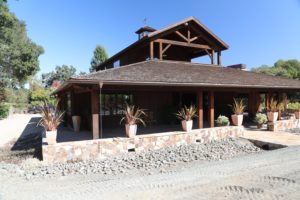
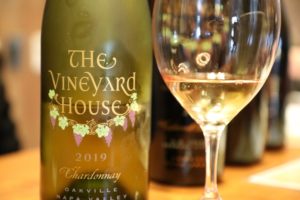
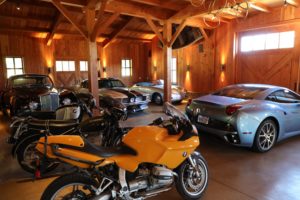 We rarely taste Chardonnay grown in Oakville, as the variety favors a cooler climate like in Carneros to the south, but The Vineyard House continues to grow Chardonnay in a small block next to one side of the the winery barn. The 2019 Vineyard House Chardonnay is medium to dark gold in color; we wrote engaging to immediately describe its aromatics, a union between fruit and spices. The bouquet offers scents of lemongrass, a lemon zest, honeysuckle, white fleshed nectarine and a hint of butter found deeper in the aromas. As the wine evolves in the glass the aromatics become a bit more sweetly fruited. This bottling is opulent and generously flavored but is complemented across the palate by its refreshing acidity. It offers a diversity of flavors including of pear, green apple, honeydew melon and some citrus nuances. Nothing about this wine says oaky or buttery; its memorable both for its richness and its simultaneous brightness. We would never have guessed this was from Oakville in a blind tasting.
We rarely taste Chardonnay grown in Oakville, as the variety favors a cooler climate like in Carneros to the south, but The Vineyard House continues to grow Chardonnay in a small block next to one side of the the winery barn. The 2019 Vineyard House Chardonnay is medium to dark gold in color; we wrote engaging to immediately describe its aromatics, a union between fruit and spices. The bouquet offers scents of lemongrass, a lemon zest, honeysuckle, white fleshed nectarine and a hint of butter found deeper in the aromas. As the wine evolves in the glass the aromatics become a bit more sweetly fruited. This bottling is opulent and generously flavored but is complemented across the palate by its refreshing acidity. It offers a diversity of flavors including of pear, green apple, honeydew melon and some citrus nuances. Nothing about this wine says oaky or buttery; its memorable both for its richness and its simultaneous brightness. We would never have guessed this was from Oakville in a blind tasting.
And in 2019 a sparkling wine, Blanc de Blancs from their property was bottled under Jeremy Nickel Cellars. This wine was barrel fermented in neutral oak barrels and was produced as Methode Champenoise.
Reds
The 2019 The Vineyard House Block 5 Cabernet Franc is a blend of 90% Cabernet Franc and 10% Cabernet Sauvignon. This wine is deep ruby and nearly opaque in the glass. An aromatic we have noticed on several of The Vineyard House Cabernet Franc bottlings is a red chili spice – a scent we are highly familiar with due to our love of Thai food. And this bottling shows this, along with a light woodsy spice including of cedar, soy sauce, a balsamic reduction sauce, and ripe fruit – dark cherry, blackberry and Santa Rosa plum. This is a hedonistic showing of this variety with darkly fruited flavors including blackberry, cherry, boysenberry, chocolate and a light toasted oak spice found deep on the finish. The palate is well endowed and dare we say voluptuous, featuring layers of both flavor and texture. The tannins are dense and firm but rounded and coat the entire palate. They linger with a drying character for quite some time.
The 2018 The Vineyard House Block 5 Cabernet Franc is a blend of 82% Cabernet Franc and 18% Cabernet Sauvignon. This wine was aged in 80% new French oak barrels and 20% twice used barrels. It is deep ruby in color; the bouquet offers a diversity of attractive aromatics including of blackberry and blueberry along with a red chili spice, tobacco, a hint of cedar and a note of blood orange. As the wine evolves in the glass the spice characteristics dissipate somewhat making way for more of the primary fruit aromas. And much later in the glass, the bouquet offers scents of caramel and chocolate. This wine sports flavors of cherry and plum gently supported by rounded, resolved, chalky and feathery dispersed tannins. It lingers with a light drying character and dried tobacco leaf. Savory. We also wrote seamless to describe its overall feel on the palate.
The 2018 The Vineyard House Block 8 Estate Cabernet Sauvignon, Boss is 99% Cabernet Sauvignon and 1% Cabernet Franc harvested from the highest block on the property. This wine was aged in 85% new French oak barrels and 15% twice used barrels. This bottling is deep ruby in color; the bouquet is sweetly fruited with aromatics of blackberry, cassis, dark plum, some earth tones and a sweet tobacco spice. As the bouquet evolves in the glass it reveals an aroma of honeycomb/beeswax. But it’s scents are primarily about the fruit. This wine offers flavors of plum and cherry with red-fruited tartness lingering on the finish. The tannins are dense, gripping, grainy, gravelly and very long lasting accompanied by a drying and dusty character. This wine also lingers with a note of crushed rock and dried tobacco leaf. The palate is bright and energetic. For reference, we tasted this bottle 5 years post vintage. It should age well for several more decades with the proper cellaring.
The 2014 The Vineyard House Cabernet Sauvignon is a blend of 93% Cabernet Sauvignon, 5% Cabernet Franc and 2% Petit Verdot. This wine was aged for 28 months in a combination of approximately half each of new and used French oak barrels. It is deep ruby and nearly opaque in color; the bouquet offers a noticeable elegance but is generous in its fruit characteristics including of blackberry and black raspberry. There is also a note of old cedar box and sweaty saddle leather. Many years ago we were gifted a partially velvet lined cedar box which used to hold various jewelry, and this particular scent reminded us of this old jewelry box. The palate is well-layered and shows plenty of fruit still including flavors of red plum, raspberry, licorice, boysenberry and blackberry. One of the hallmarks of this particular vintage right out of the gate was approachability and supple tannins. This bottling is a good example of these and even more so with some age; its texture features ripe, rounded, chalky and smooth tannins anchoring a gentle finish. Very balanced. This wine is tasting in a sweet spot 10 years post vintage.
The 2012 The Vineyard House Cabernet Sauvignon is a blend of 91% Cabernet Sauvignon, 6% Cabernet Franc and 3% Petit Verdot. It was aged in an approximately 50/50% combination of new and used French oak barrels. This wine is deep ruby in color. The bouquet is sweetly fruited including aromas of cherry, blackberry jam (reminded us of the blackberry jam sold at the Apple Farm in San Luis Obispo, CA which we used to enjoy during our college years in that town) and raspberry. And a hint of chocolate is revealed as the wine has additional time to evolve in the glass. The palate offers flavors of blackberry, plum and cherry – the focus here is still clearly on the fruit, 11 years post vintage at the time of our tasting. It’s texture is creamy with grainy but rounded and supple tannins. The finish lingers with a note of tobacco spice and light pepper. This balanced bottling still has loads of life ahead of it with the proper cellaring.
The 2011 The Vineyard House Cabernet Sauvignon was tasted 13 years post vintage. The character of the vintage is still clearly evident on both the bouquet and the palate including an aroma of pimento olive. Red fruited, with a slightly tart finish this wine is still extremely youthful and has years of life ahead of it.
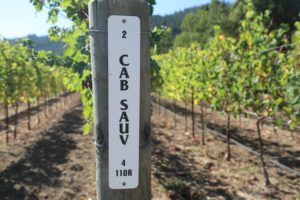
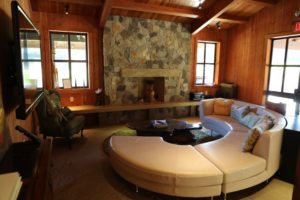
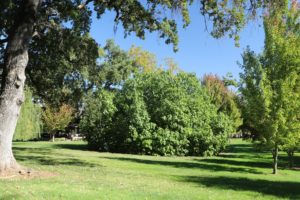 The 2009 The Vineyard House Cabernet Sauvignon was still a young vintage at the time of our first visit and tasting at the property. The bouquet was initially closed but with time it became more aromatic, showing more black fruit than red, supported by a gravelly component along with mineralities. This wine offers bright acidity and a firm structure in its youth.
The 2009 The Vineyard House Cabernet Sauvignon was still a young vintage at the time of our first visit and tasting at the property. The bouquet was initially closed but with time it became more aromatic, showing more black fruit than red, supported by a gravelly component along with mineralities. This wine offers bright acidity and a firm structure in its youth.
The 2008 The Vineyard House Cabernet Sauvignon is deep ruby and presents a highly attractive bouquet. It is floral and elegant with notes of cherry, raspberry and cedar on the nose. As it breathes it reveals additional hints of mocha. The palate is well endowed with fruit, is full bodied and offers flavors of both blue and black fruits. The finish is layered with robust, yet balanced tannins which hold up well to the power of the fruit.
The 2007 The Vineyard House Cabernet Sauvignon shows dark fruit and a dark bouquet. In our opinion, this wine offers the most intriguing aromatics of the three vintages between 2007 and 2009. Unlike the other two vintages there is a slight menthol and even a subtle anis nuance to the bouquet. Earthy and dusty tannins anchoring a long satisfying finish. This bottling is smooth, yet with structure.
—
Take a careful look at the label; those who are acutely astute will note that placed in the gold tendrils of the vines is Jeremy’s fathers name Gil – turn the bottle around and you see an embossed image of the actual “vineyard” house. Looking out the window on the second floor is an image of Gil Nickel making a toast with a glass of wine, perhaps a toast to his son who he would be rightly proud of continuing on his family’s wine legacy in Napa Valley.
Gil’s passion for racing cars and historic automobiles carried was passed on to his son. Jeremy is also a vintage race car driver and collector of these unique vehicles. He has his own racing team – visit: www.jeremynickelmotorsports.com for more details. Some of his vehicles are housed in the vineyard barn.
Jeremy owns and operates To-Kalon Farm in Wellington, Florida – www.to-kalonfarm.com. See our notes below from our visit to To-Kalon Farm.
Jeremy selectively distributes his wines in states that he has a personal connection to including California, Hawaii, Texas, Nevada and Oklahoma. His wines are found at some of the big-name casinos in Las Vegas including MGM and the Bellagio. Locally the wine is found at several premium restaurants including the French Laundry and Morimotos. The wine is sold direct or through their website.
And Jeremy operates another label called Jeremy Nickel Cellars.
And reflective of his gracious and inherently generous personality, Jeremy donates 10% of all the proceeds from the sales of the wines to various charity organizations primarily supporting education in Africa and cancer research. His focus in Africa is with Health & Education in Senegal, an organization that builds educational infrastructures in rural parts of the country.
https://www.dropbox.com/scl/fi/mh78lzlzl2fm8z906zltv/The-Ridge-Maui-Mahalo-Firefighters-Video.m4v?rlkey=612z4xsk22rusxakbfqfjc7g3&e=4&st=ktxs5fu8&dl=0
The Vineyard House wines wines are released twice a year on dates honoring Jeremy’s father, Gil. For more information, to join The Vineyard House Members List (wine club) and or to schedule a tasting at the property, visit: www.tvhwines.com
To-Kalon Farm, Wellington, Florida
Jeremy purchased an existing horse farm in 2018 at an auction in the small community of Wellington (about 90 minutes due north of Miami). This 15-acre farm is in a part of the state that is known for its equestrian facilities and horse shows and attracts people from around the country and the world. Nearby roads are not paved since it is common for riders to take horses outside of the farms (more then 55 miles of riding trails exist in the region).
To-Kalon Farm features 3 barns including the POLO, SHED and SHOW buildings, a 1.5-mile riding trail, 5 acres of grass fields and a two-acre derby field among other amenities. A number of boarding and leasing options are also available, and the facilities can be rented out for special events.
Oh, and the farm’s own alligator lives in a pond next to one of the homes on site although we did not see him during our visit.
Oklahoma Roots/Greenleaf
Jeremy’s family roots are tied to Oklahoma and his family business, Greenleaf Nursery. Greenleaf has since become the nation’s second largest, family-owned wholesale nursery employing over 1,000 employees and maintaining four major nursery sites, one in Texas, two in Oklahoma and one in North Carolina.
The original Greenleaf Nursery was named after Greenleaf State Park in Braggs Oklahoma – about an hour drive from Tulsa. Greenleaf State Park has earned a number of coveted awards including Oklahoma’s Park of the Year for three years. The park is very family friendly, offering several short easy hikes or an 18-mile trail loop around Greenleaf Lake, camping and RV hookups, cabins for rent built in the 1930s with the help of German POW’s, access to the picturesque Greenleaf Lake for fishing and swimming (including a small café and shop on the Greenleaf Marina) along with kayak and canoe rentals and a small children’s water park including a water slide.
The Park Hill Nursery (the Greenleaf ‘mothership’) is only about a 30-minute drive from Greenleaf State Park. This is where Greenleaf Nursery got its start – its roots were planted here so to speak in 1957 when Gil’s brother John Nickel (Jeremy’s uncle) purchased this property; it now serves as the Greenleaf Nursery corporate headquarters and offices. The building that houses corporate offices was originally the home for John Nickel and his family and was built in 1965/1966. It was exclusively used as the family home only for about 3 years and was converted into offices in 1969.
The headquarters property is the most amazing nursery property we have ever visited. It is now more than 600 acres of container-grown plants, greenhouses and landscaping spread over rolling hills. One can get an idea of the scope of their operations by pulling over on a hill on Highway 82 driving south just above their main entrance. At its peak, Greenleaf Nursery provides some 6 million plants to various retail outlets and other clients, across the country (the exception being the west coast and south Florida).
Muskogee, Oklahoma (birthplace of Gil & John Nickel)
Greenleaf State Park, Oklahoma
Greenleaf Nursery headquarters, Park Hill Oklahoma
Greenleaf Field Nursery, Fort Gibson Oklahoma
Greenleaf Nursery, El Campo Texas
Greenleaf Nursery, Tarboro North Carolina
Visit coming at some point.






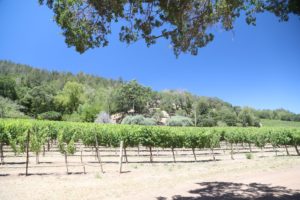
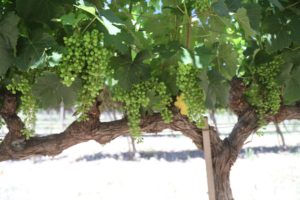
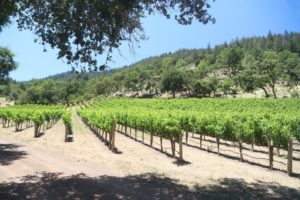
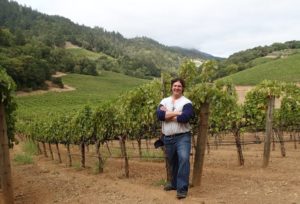
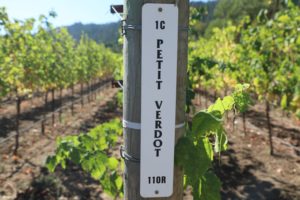
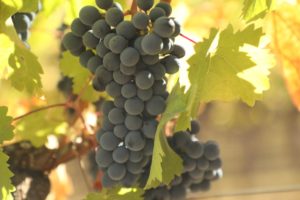
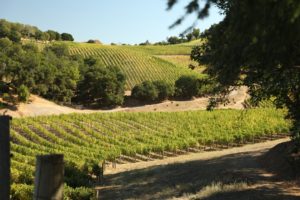
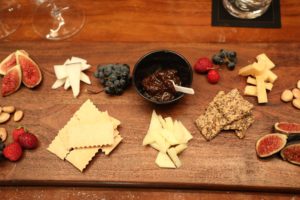
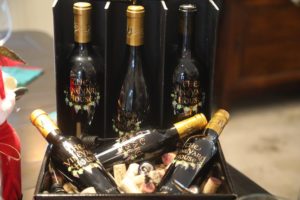
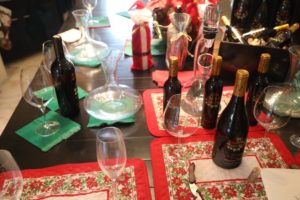
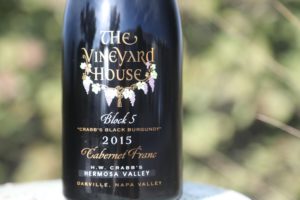
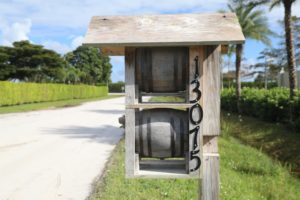
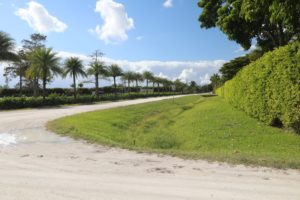
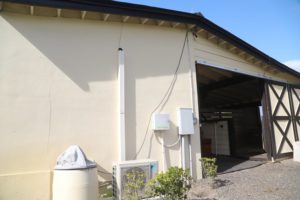
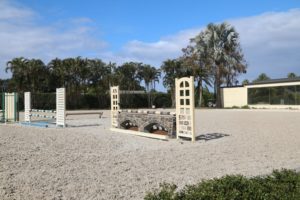
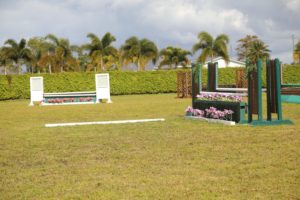
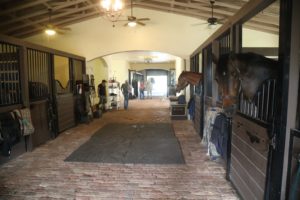
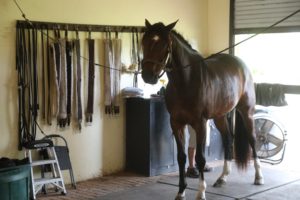
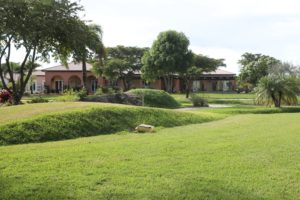
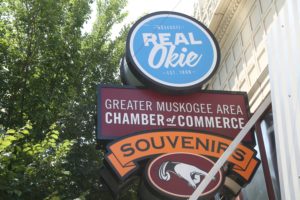
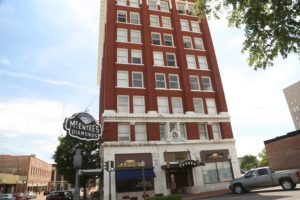
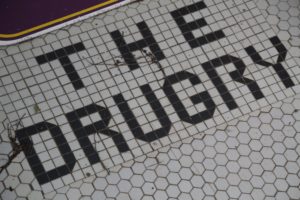
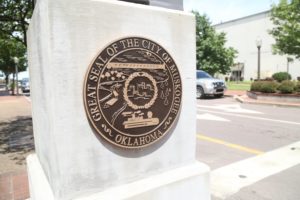
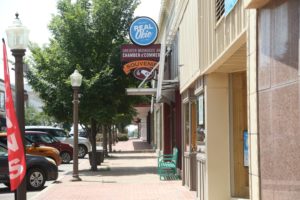
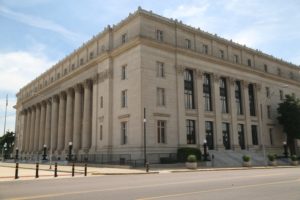
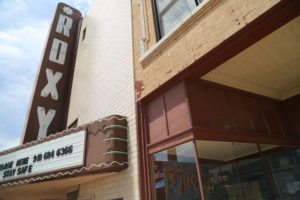
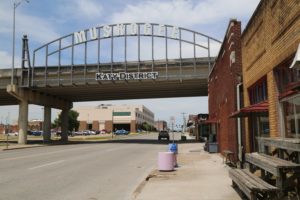
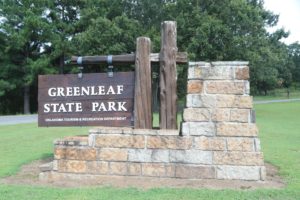
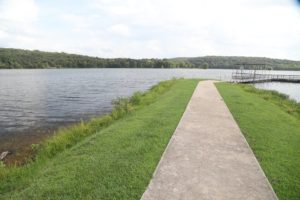
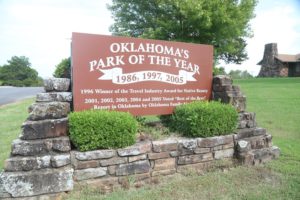
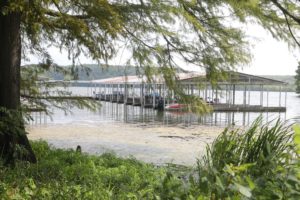
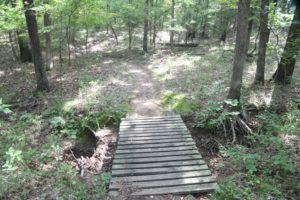
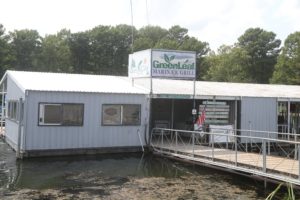
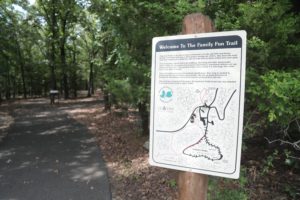
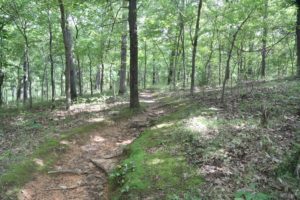
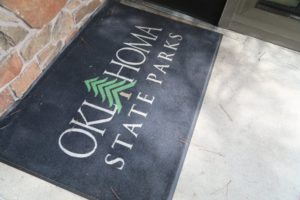

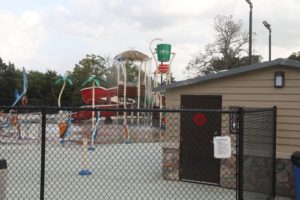
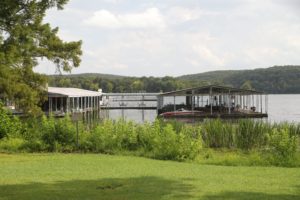
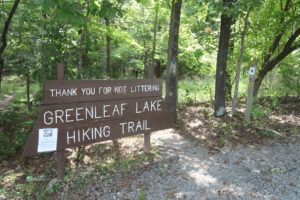
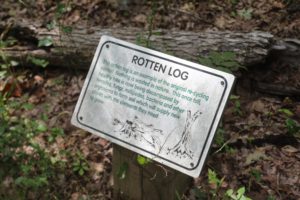
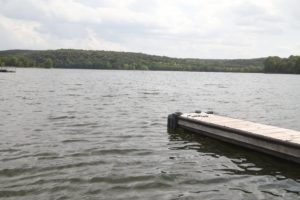

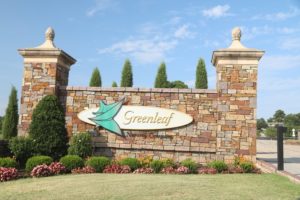
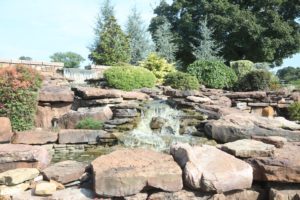
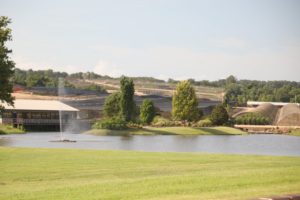
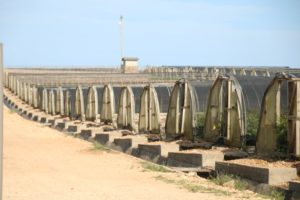
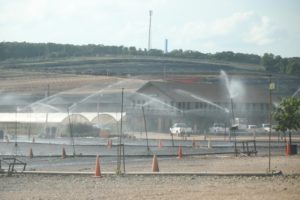
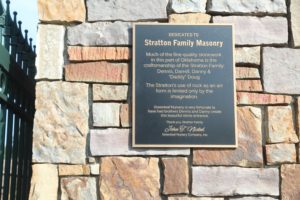
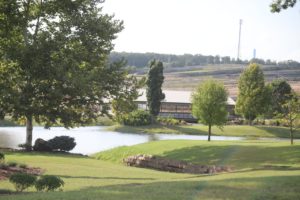
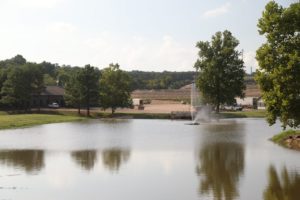
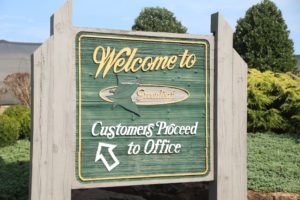
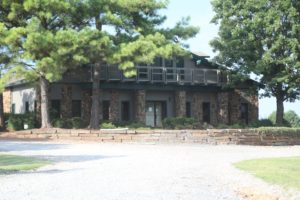
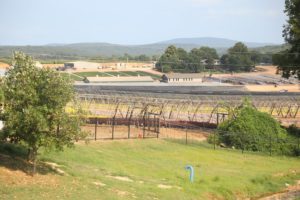
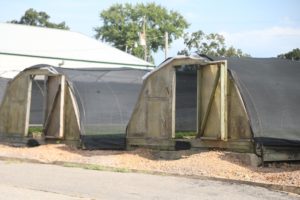
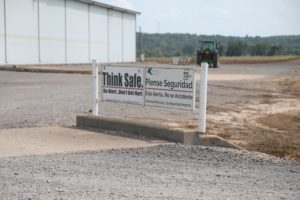
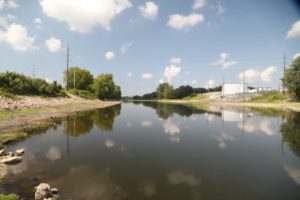
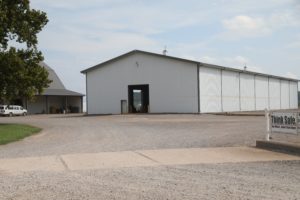
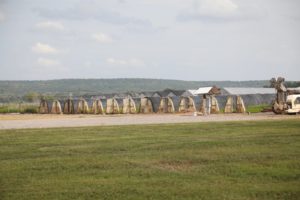
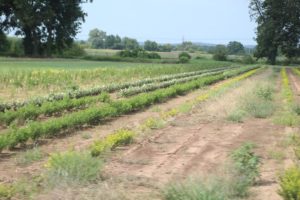
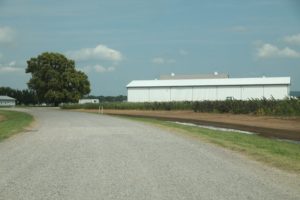
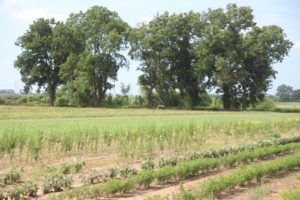
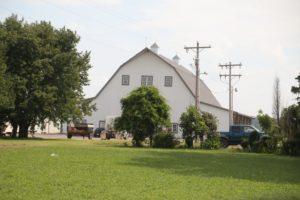
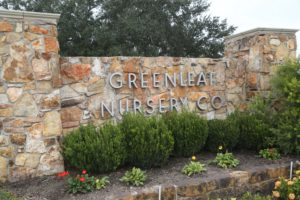
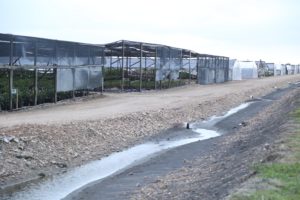
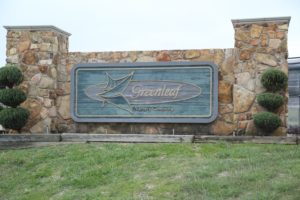
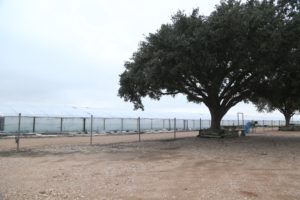
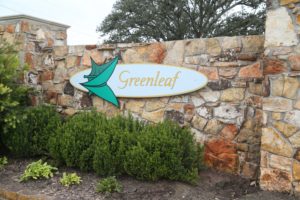
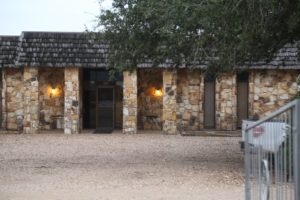
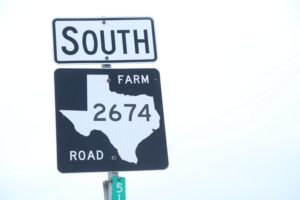
Truly lovely wine.
I need to get back to visit this pretty property at some point 🙂